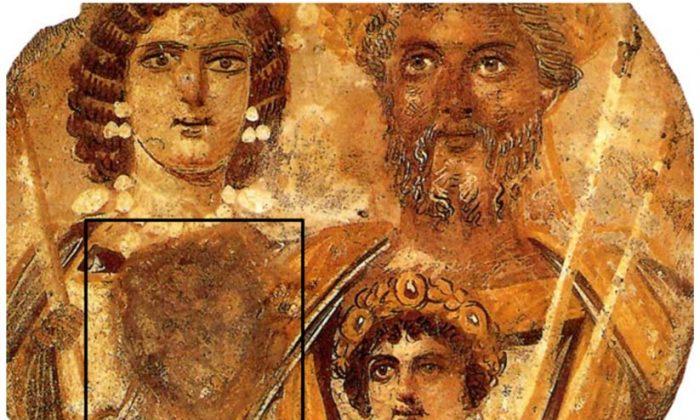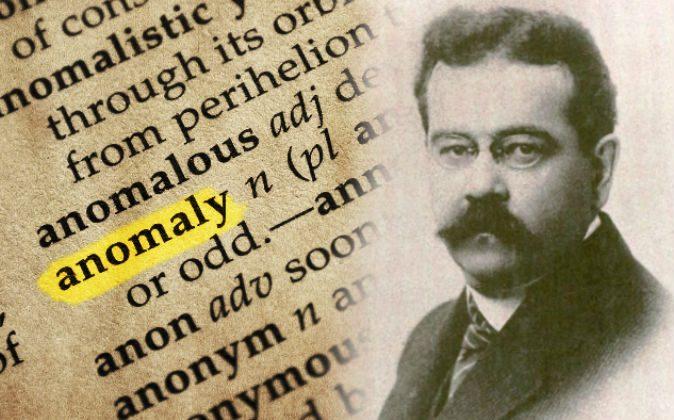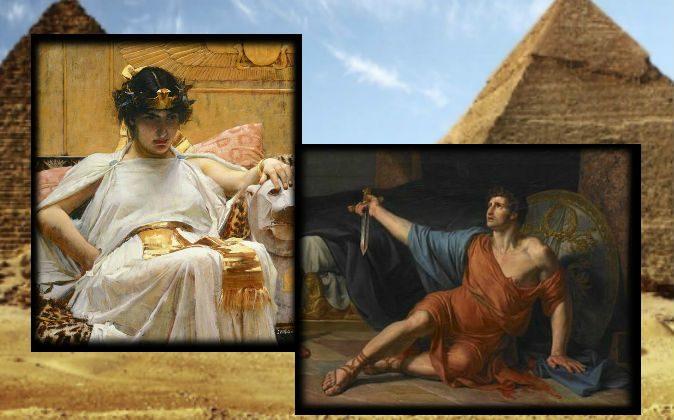In the United Kingdom, Remembrance Sunday is observed annually on the second Sunday of November. This solemn occasion is meant to commemorate the contribution of British and Commonwealth military and civilian servicemen and women in the two World Wars and later conflicts. As the phrase commonly associated with this day, ‘lest we forget’ indicates, there is a conscious desire to prevent forgetting the fallen. Yet, the living do not always intend to remember the dead, and at times even made an effort to erase them from people’s memories.
The ancient Romans (the Roman Senate to be more precise) could pass a form of dishonour known as the damnatio memoriae (literally meaning ‘damnation of memory’). In theory, this punishment was meant to be inflicted upon traitors or those who brought discredit to the Rome. In practice, however, it could be imposed on anyone that was not in the Senate’s or the Roman Emperor’s good books. One of the most well-known cases may be that of Emperor Geta, who was murdered by his brother of Caracalla, and subsequently had the damnatio memoriae inflicted upon him.
The removal of a person from memory may take several forms. For instance, the name of a person may be scratched away from public inscriptions. In addition, statues of a condemned individual could be reworked, and the faces of their images mutilated. Nevertheless, it is impossible to know how effective this measure actually was, as if the damnatio memoriae succeeded as intended, we would not be aware of the person that was erased!
Whilst several Roman Emperors, including Nero, Domitian and Commodus, were victims of damnatio memoriae, they are still quite well known today, thanks to the survival of literary evidence. Perhaps the damnatio memoriae was more effective on less important figures, though we will never know if this was the case.

The Romans were not the only people who wanted to wipe out the memory of those they did not like. Roughly 600 years prior to the traditional founding date of Rome, a Near Eastern superpower was ruled by a man who had a different concept of religion from his predecessors. This superpower was Egypt, and this man was Akhenaten, the so-called ‘Heretic King’. Akhenaten was powerful enough to flip Egypt’s traditional religion on its head by rejecting the traditional pantheon of gods, and choosing to worship only one god, Aten. In addition, he founded an entirely new city, Akhetaten, (located in present day Amarna) and moved his capital from Thebes to that place. When Akhenaten died, so did his new religion, and Egypt’s traditional gods were worshipped once more.
It was one of his successors, Horemheb, who made the effort to wipe out Akhenaten and his immediate successors from history by destroying their cartouches wherever he could find them. This official act of ‘forgetting’ was so effective that Akhenaten’s name does not appear in the famous Abydos King List of Seti I, composed less than 100 years after the death of the heretic king. Akhenaten’s damnatio memoriae was so thorough that it was only with the rediscovery of the site of Akhetaten in the 19th century that his name was brought back into the history books.
Damnatio memoriae is not a practice restricted to the ancient world, and examples from the modern era are aplenty. One example can be found in the very land that Akhenaten was from. In 2011, Hosni Mubarak, the President of Egypt for almost 30 years, was deposed. After his deposition, the names of both Hosni and his wife, Suzanne, were removed from all Egyptian monuments. For instance, the name of one of the stations on the Cairo Metro was changed from Mubarak to Al-Shohadaa (meaning ‘The Martyrs’). Another modern example can be found in the Soviet Union during the era of Joseph Stalin. Officials who fell out of favour with the Soviet leader would not only physically vanish, but could also be made to disappear from photos and official documents. The most famous case was probably that of Nikolai Yezhov, nicknamed ’The Vanishing Commisar'.
It is more difficult to break free from the past than just issuing a damnatio memoriae. The ancients were perhaps aware of this. For instance, stone sculptures were sometimes recycled. When the heads of Roman statues were destroyed due to damnatio memoriae, new ones of other people could be made to replace them. This was the case with Nerva, who reused statues of his predecessor, Domitian. In this instance, a tyrannical emperor was replaced by a better one. Having said that, this was an exceptional case, as more often than not, the successors of such hated emperors were just as bad. In a way, the idea of deliberately forgetting the past may not be the best course of action to take, as such an action does not guarantee that such crimes are not perpetrated in the future.
Republished with permission. Read the original at Ancient Origins.







Friends Read Free